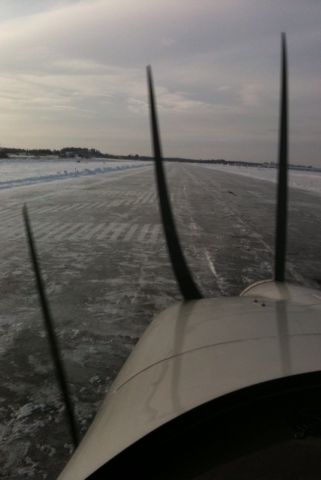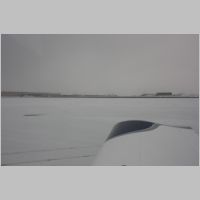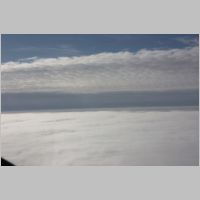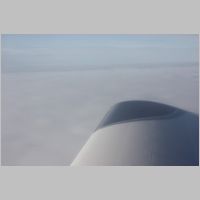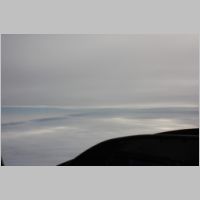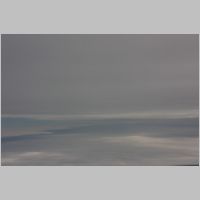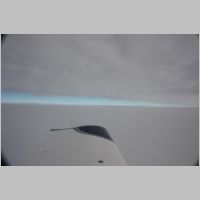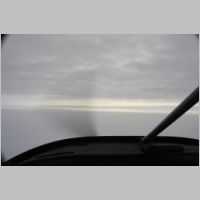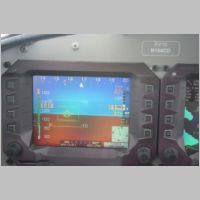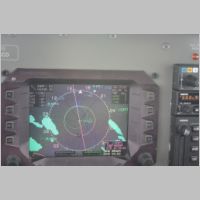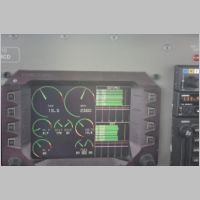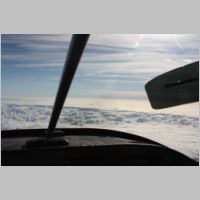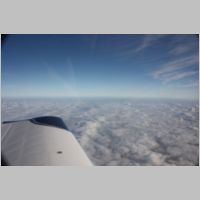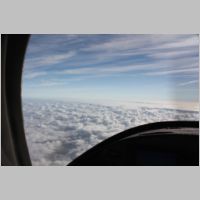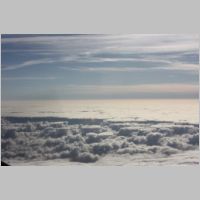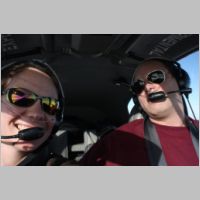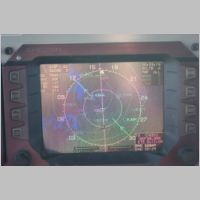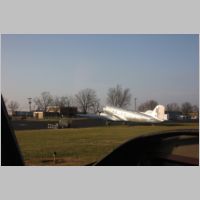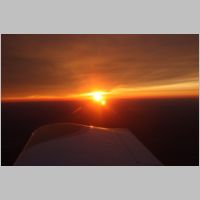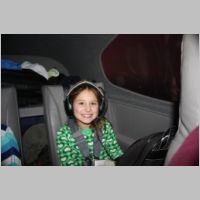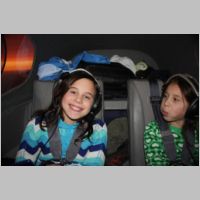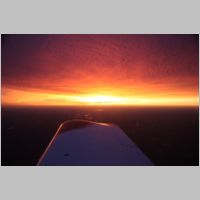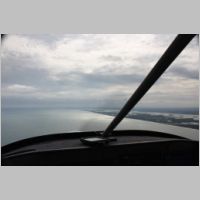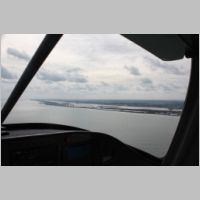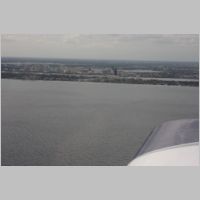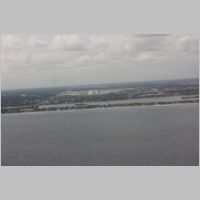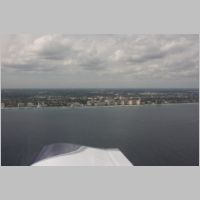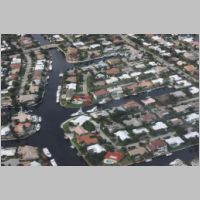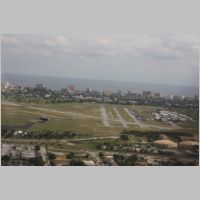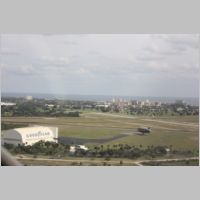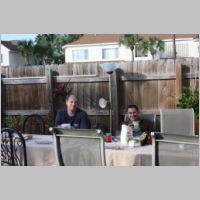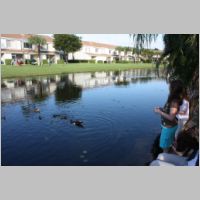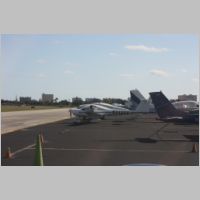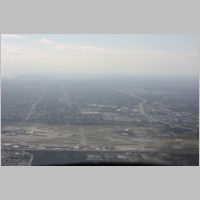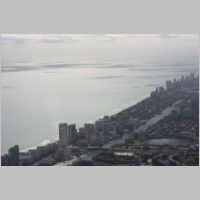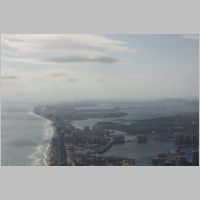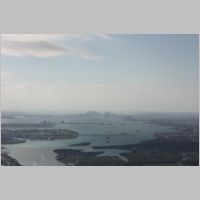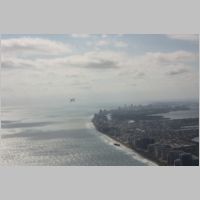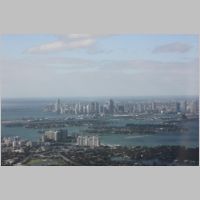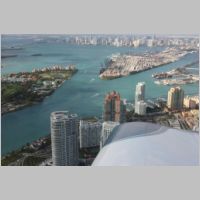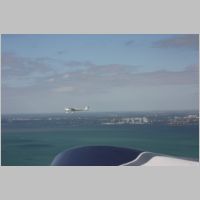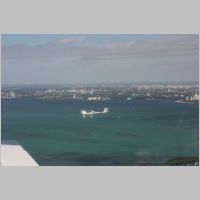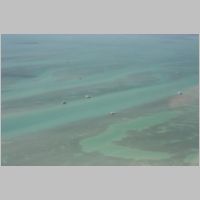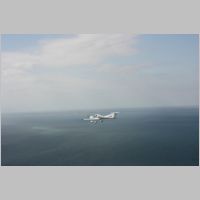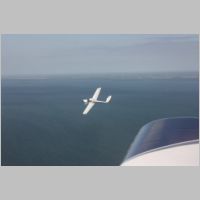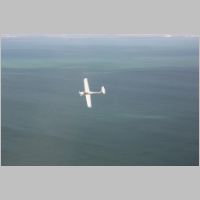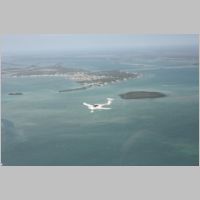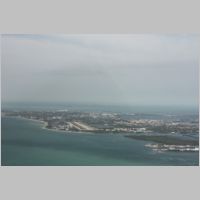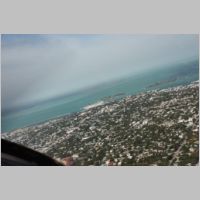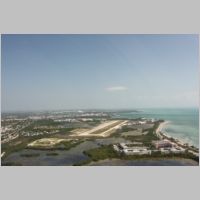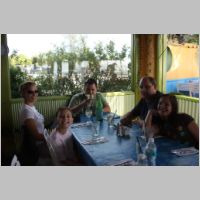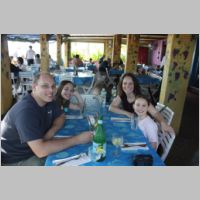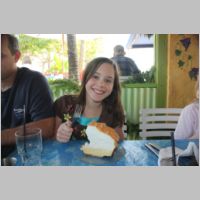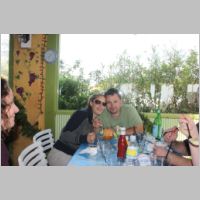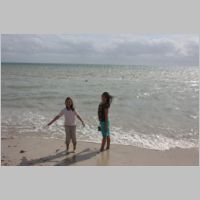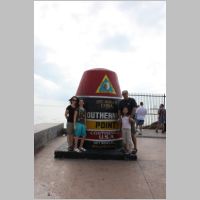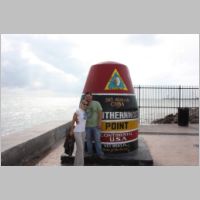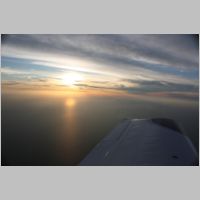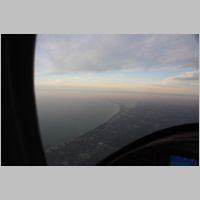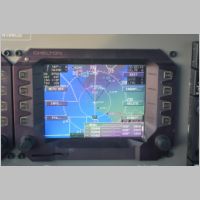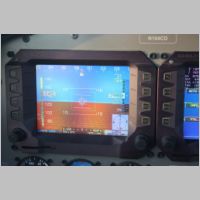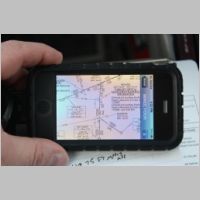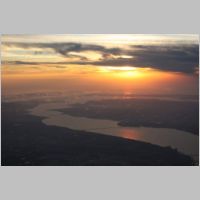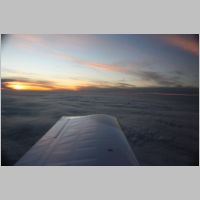Christmas 2009 - Cold Flying to Florida
Completed 12/27/2009 - Approx. 580 hoursWith no real vacations for a few months, and work pressure in full swing, we really wanted to get out of town for Christmas. Other years we've traded wings for skis and headed out skiing, but this year the snow just wasn't what we needed if we were going to have a good ski week...although it dumped on much of the country while we were in Florida. Living in Wisconsin I've always had a hard time planning flights for long trips during this season. I've always been a bit paranoid about icing (which most would say is with good reason), so I've often just chosen to fly VFR underneath if I were going to go anywhere. I've picked up a pretty good coating of clear ice in a wet cloud at 0 degrees F before (in another plane), which caught my attention in a hurry, and so I've been very cautious about cold weather IMC flying in the RV-10. This trip though would teach me a little more about realistic weather conditions in mid-winter, and how they come into play with the RV-10's performance...and, that sometimes I should re-think my strategies of summer when flying in the winter. In the summer, and around heavy scattered rain or thunderstorms, I stay completely VFR almost exclusively, choosing to fly VFR underneath if there is any question of proximity to highly convective weather. The last thing I want is to be stuck in the clouds and flying into a storm cell. I started this flight with some residuals of that attitude about the clouds. My thought was that I didn't want to spend ANY time in clouds where I would have to be stuck in a cloud layer...on top is ok, underneath is fine, but I wasn't going to let myself get in a position where if I were picking up ice, I was going to have to fly an emergency approach. As it turned out, I didn't have as much to worry about as I thought. I'll continue inline with the photos...
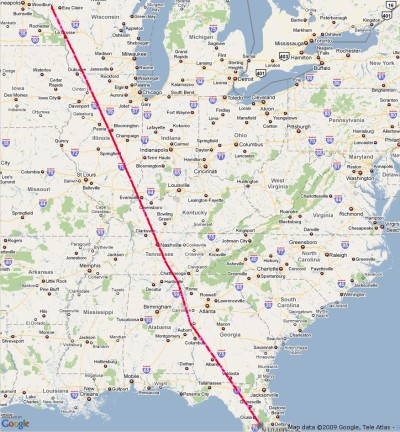
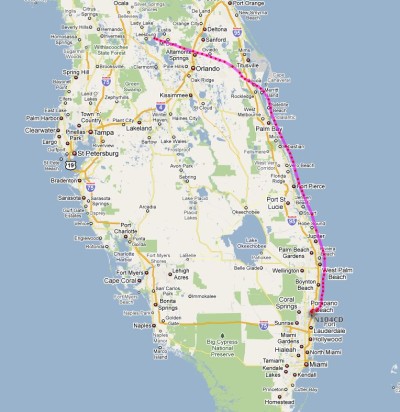
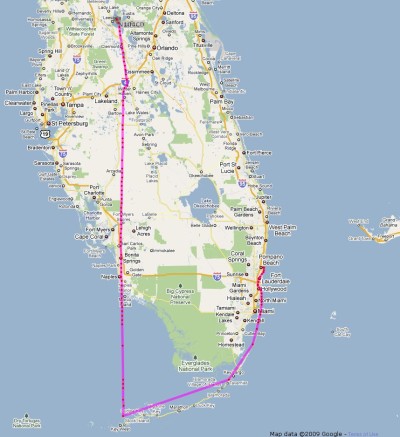
For Christmas, we hung out with family, the kids got to swim, which they always love, and they got a couple of their Christmas presents...the SCUBA gear we shopped for in preparation for their upcoming Bahamas trip we're going to take. We wanted to get equipment that would allow us 4 to travel with our own gear, and today there are some great lightweight options for regulators and BCD's, so we got the lightest and most compact eqiupment we could get to fit them.
 |
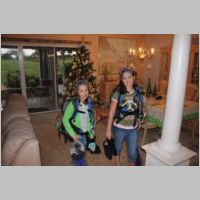 |
The trip home was going to prove to be the hard part, as usual. For some reason the weather always seems to disagree with us most when we want to go home. We had a very small window of even halfway good looking forecast, having dodged what turned out to be a real big winter storm by leaving from home just in time, and now, if we didn't get home quick, we'd be fighting weather for days. Winter is a little tougher to make trips that can be kept to a tight schedule. We left for home, knowing that we had some strong winds...see the iphone wind screenshots below.
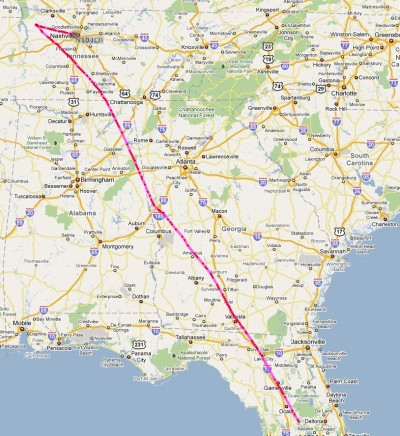
We ended up having to split the trip into 2 days, having passed Nashville and being in really bad turbulence, we turned and ran for a nearby overnight stop, in hopes that the next day would be better.
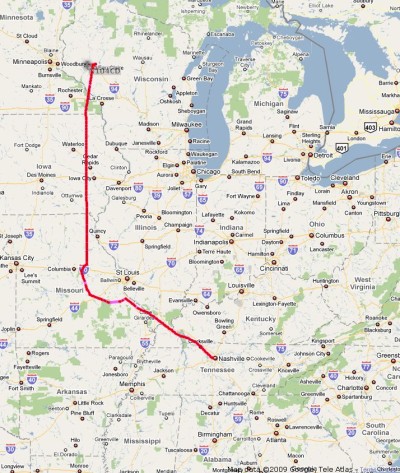
What I was HOPING for was to fly right into that big, massive circular counter-clockwise flowing air mass and ride a tailwind northbound, while trying to get myself into the center of it's core, where the winds were calm. It's like trying to fly into a hurricane that is hundreds of miles wide, but not nearly as severe. The turbulence charts below also how bad some of the areas of turbulence were expected to be. I feel that often it's best to go out and see what ACTUAL conditions are before giving up on a flight, because skies weren't real cloudy, it was just wind for much of the first half of the trip, and I reasoned that if I could just make Northern Missouri, I'd be in much calmer air, and that with the added tailwind I might be able to make it pretty quickly too. As it turned out, it was practically perfectly calm until we reached Tennesse. So we did get pretty far, but as we neared Nashville, we started to get completely pounded. I stuck it out for a while, reasoning that if we made it into the flowing air, it might be better...better than the air on the outer edges that is causing shear with the non-fast-moving air. But, we stayed with it for quite a few miles and it just wasn't working out. I tried down to as low as 800-1000AGL, and up to the 6000+ range. I would have tried for even higher, but I was so on edge thinking I'd probably be landing anyway, that I didn't try. That was probably a mistake though, because I could have easily found that at 10,000' it was much smoother. That was a mistake, but oh well. I shoulda tried.
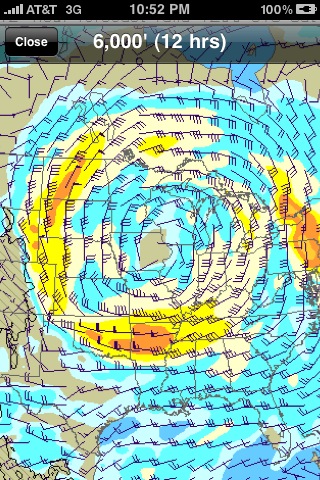
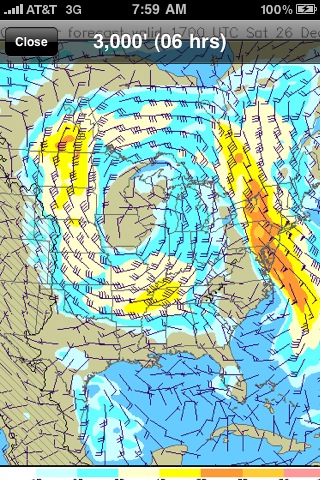
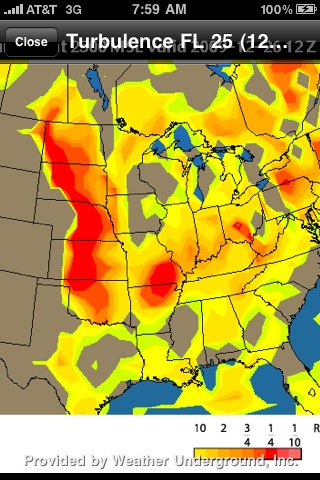
So we plugged along in this awful turbulence until I finally gave up and we decided to just call it a night and hang out in Nashville. The kids love staying in hotels with pools...in fact, we often choose hotels over friends/families houses because we love a night pool and hot tub. So this was a good opportunity to relax and make the next day an easier day. We rented a car at KJWN, and used the iphone to find us a great hotel downtown with a pool, and free breakfast. In the a.m. we were on our way home again. Here is where I made another mistake on the trip. We started out climbing up VFR and got on top of a broken layer. It was comfortable and smooth. There was a large mass of snow around the St. Louis area, and it was directly in our path. I wanted to stay VFR because I thought a snowstorm that large would probably be taller than we could cross over top of. I also worried that if I went IFR, I'd be stuck up on top and have to do an extended approach in what may be icy snowy clouds. So I stayed VFR. I didn't call a briefer, but relied on everything I could find online for weather, to interpret it myself. That was another mistake. I'm sure that the briefer would have told me things that I could have used to make this leg of the trip easier. As that cloud layer went broken, I got below it, where we had a good headwind, and some lighter and very manageable turbulence.....but the problem was, to avoid that snowstorm I'd have to fly a couple hundred miles out of my way...doing it all into a headwind. We slogged it out, and used the WSI picture to fly right up to the edge of the snowstorm to check it out. I thought that if the visibility wasn't too bad, I'd cut the corner or maybe even cut straight through, as long as I could do it well within VFR standards and it wasn't going to be anything that would be icing. That was the plan. It worked out OK as far as the plan goes, as we entered the snowing area, the viz got down to VFR minimums and we were down to 1000-1200AGL. It was good enough to avoid towers and obstacles, but not great, so we pulled back out the edge of the snow and circumnavigated it more. As we got closer to a gas stop, which we picked using Voyager while in-flight, for it's cheap fuel, we cut through the edge of the snow again. It started to get to be worse vis again, but suddenly as we neared the edge of the blue on the WSI display, we started to see holes in the clouds and sun pouring through! It was then that I realized how stupid that plan was. Those clouds weren't high, and I would have been MUCH more comfortable, much faster, and have a MUCH nicer ride if I had just dug in and filed IFR and flew right over top. If I had known the tops, it would have been an easy choice, but I didn't get a good report on cloud tops...which is always hard to predict accurately anyway. We stopped at KMYJ Mexico Missouri, home of Zenith Aircraft, and fueled up, and filed IFR for home. Climbing out, I had to slap myself again as we very quickly cleared the tops of everything around us and were in perfectly smooth skies, well above any clouds. As we moved northward, it completely cleared below us too.
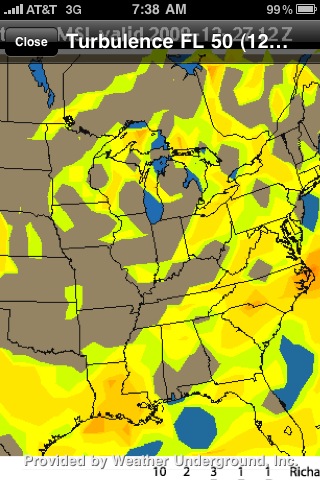
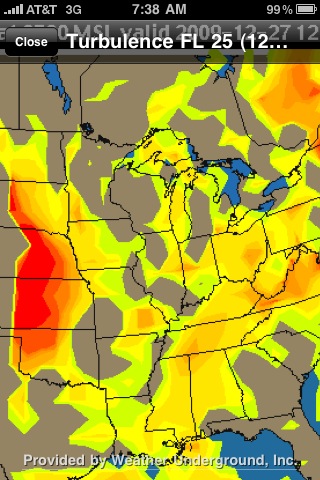
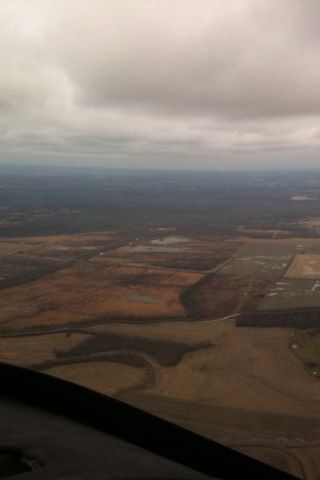
To give one more challenge to the trip, and add to a little more tension, we had what I knew would be a cloud layer over our home area. As we neared southern Minnesota, we had to move up to 10,000' from 8,000' to stay above all the clouds, which meant that I'd have to spend at least a little time in the clouds. Being in my home area was very comforting though. The airport about 15nm East of mine was reporting 4800 broken, while my home field was reporting 1400 overcast. So I knew I was going to fly an approach, but I also knew that it wouldn't be completely unbearable. ATC said that people had been going into the bigger airport doing visual approaches earlier, so it couldn't be too awful. As we got closer, the report went down to 4000 broken. I prepared for the approach and my plan was to stay as high as possible for as long as possible, to allow myself to stay clear of clouds as long as I could. They gave me a "pilots discretion" descent, so I held it at 6000' until I calculated that I could do a quick 1000fpm descent to the IAF of my IFR approach to my home airport. Once I got to that point, I did a quick drop into the clouds, and by the time I hit the IAF, I was in broken clouds, with occasional glimpses of the ground. No ice buildup at all. I could have easily cancelled IFR and gone in VFR at that point, but as it's always nice to talk to ATC and log an approach, I decided to fly the whole approach. A quick reversing turn, and I was set up for the RNAV-27 @ KLUM. The approach went fantastic, and I even got a good video of the whole thing that I may post here some day if people want to see it. As I approached to land, the runway was fully covered with light snow, so the entire airport was white. We retired the plane for the night.
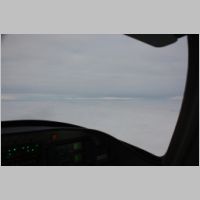 |
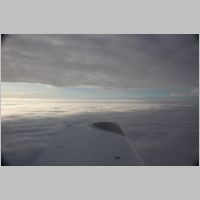 |
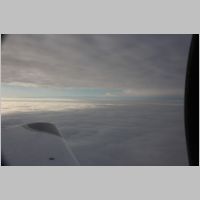 |
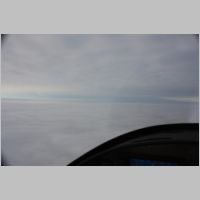 |
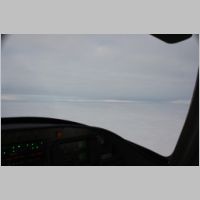 |
I was amazed a few days later when I went out for a flight. Our city-plowed airport was left unplowed for too long during that winter storm. They didn't even TRY to keep the freezing rain and snow from covering the runway. So once the light snow was gone, what I was left to see was a 100% iced over runway, covered with about 1/4" of solid clear ice. You couldn't even attempt a run-up as your tires would just slide under any power at all. So goes life in winter in Wisconsin! Funny that the other airport nearby wasn't icy like this....that's what happens when someone actually cares to plow right away.
